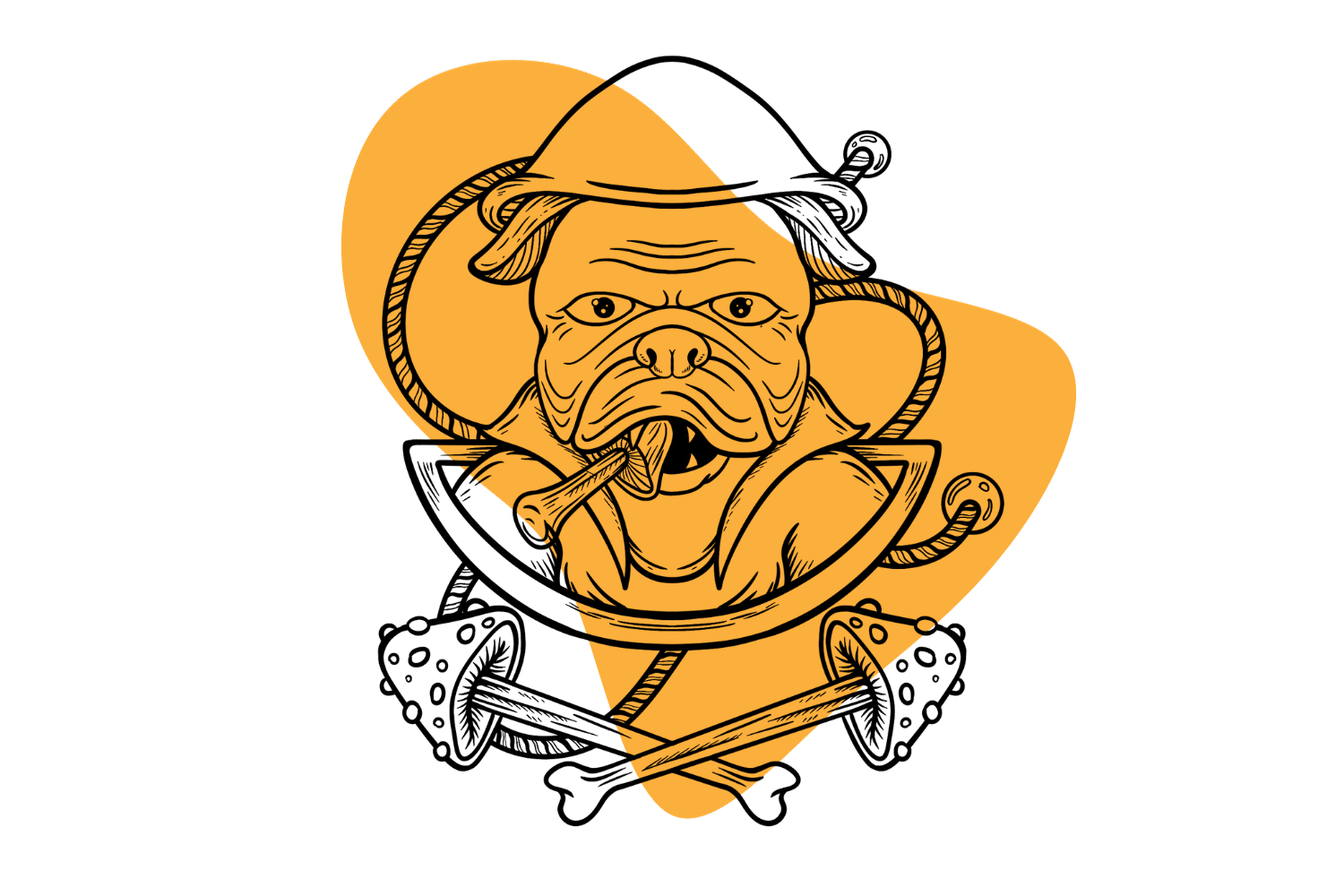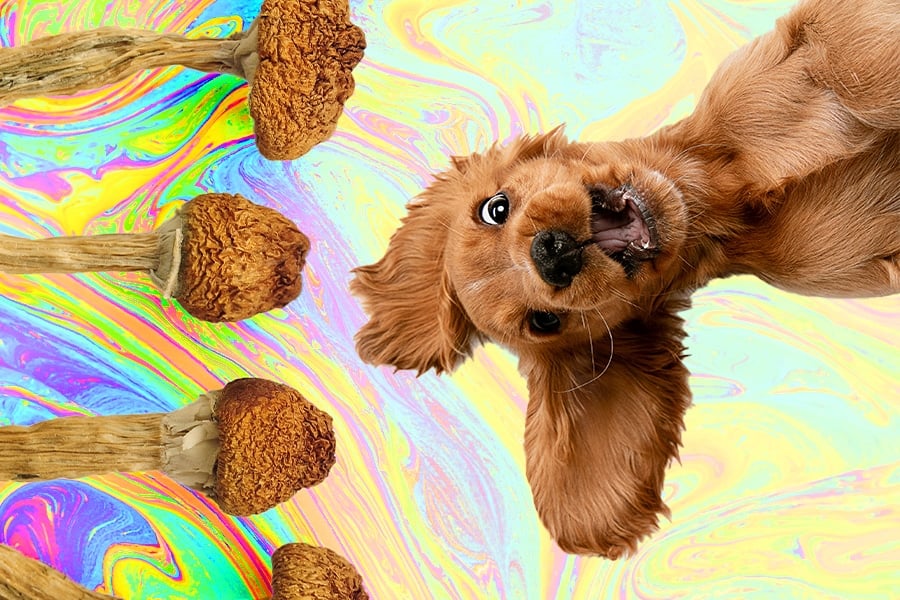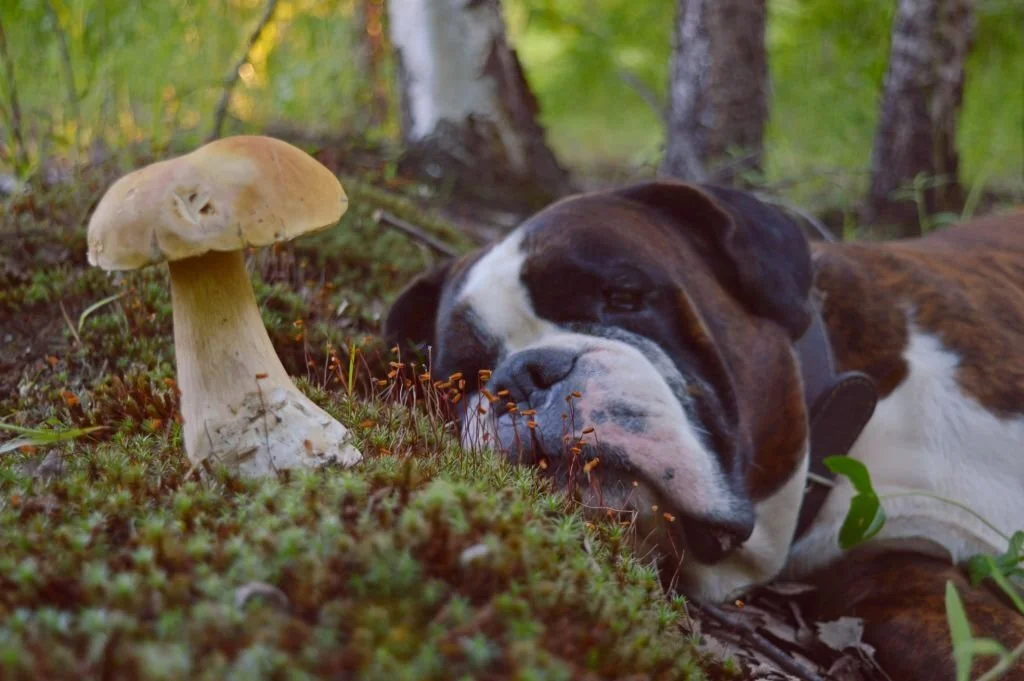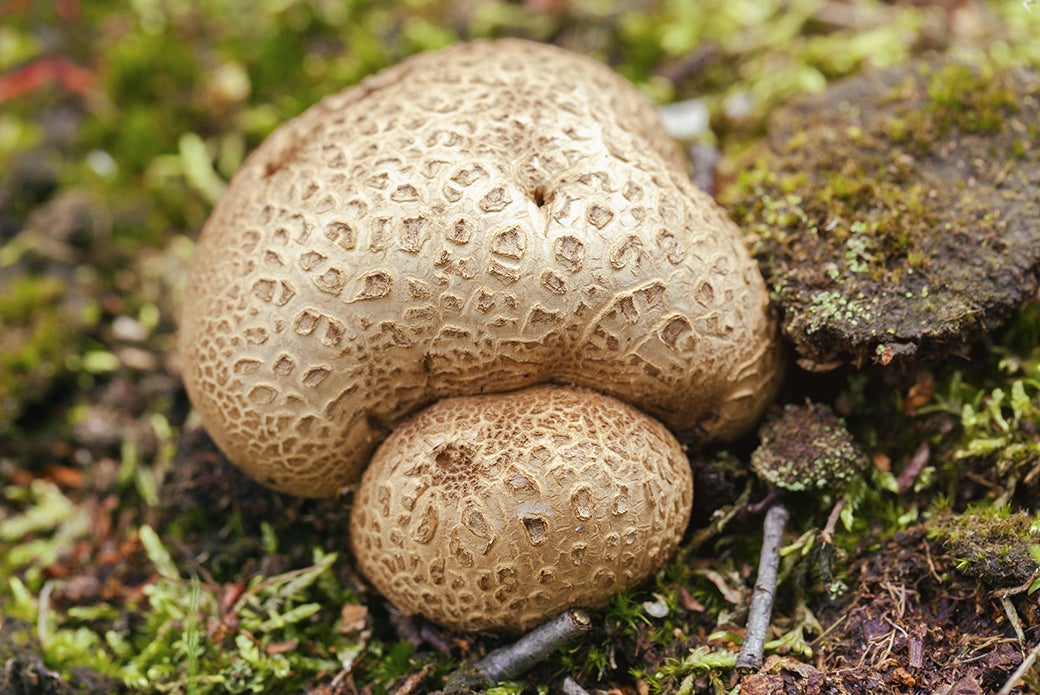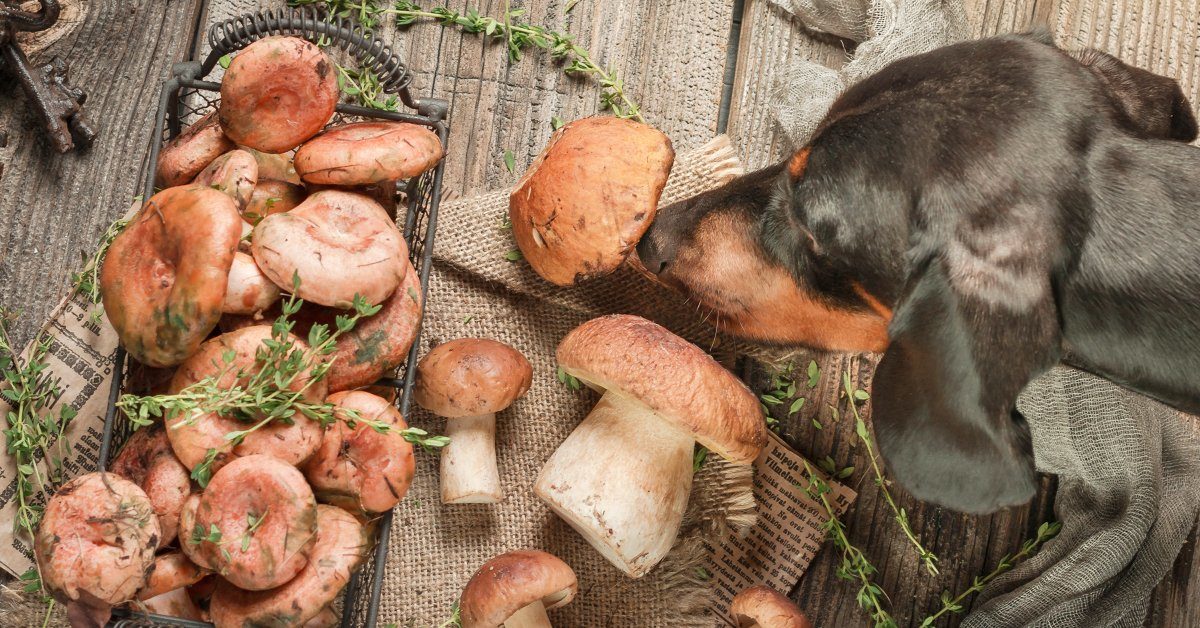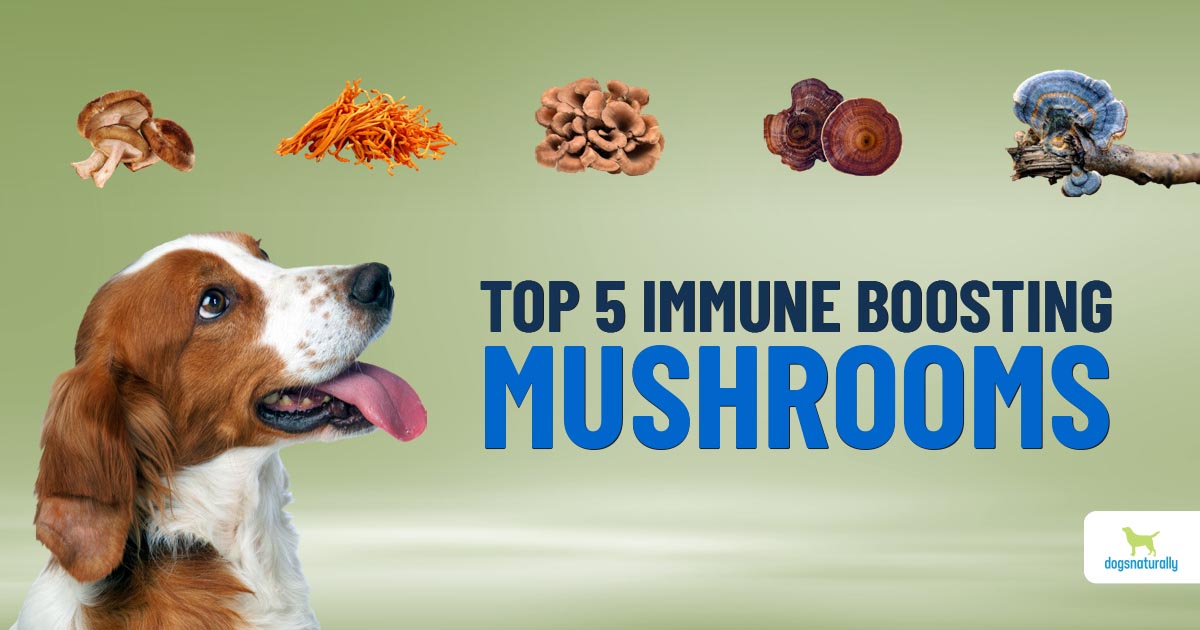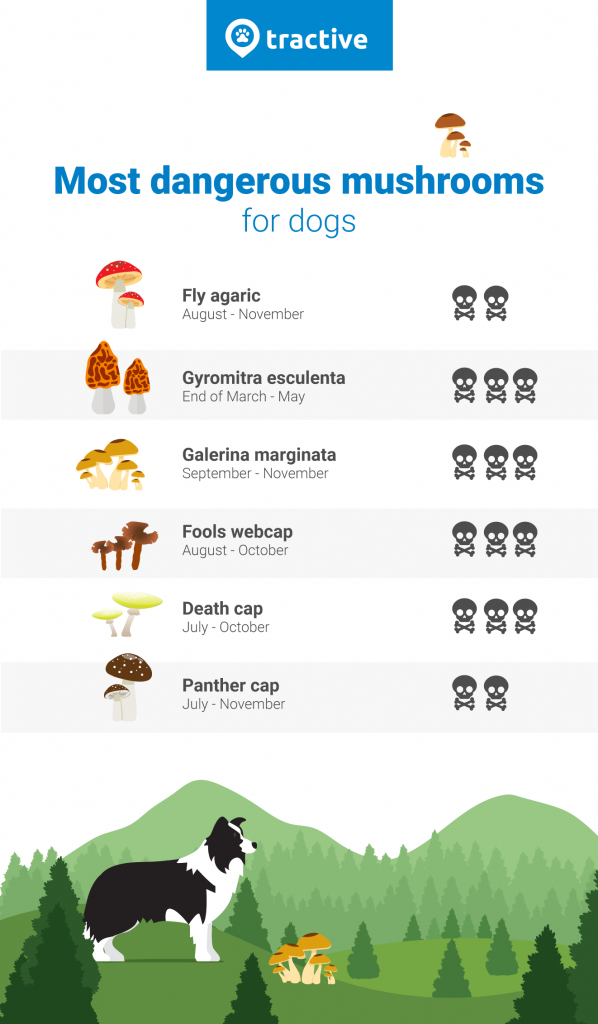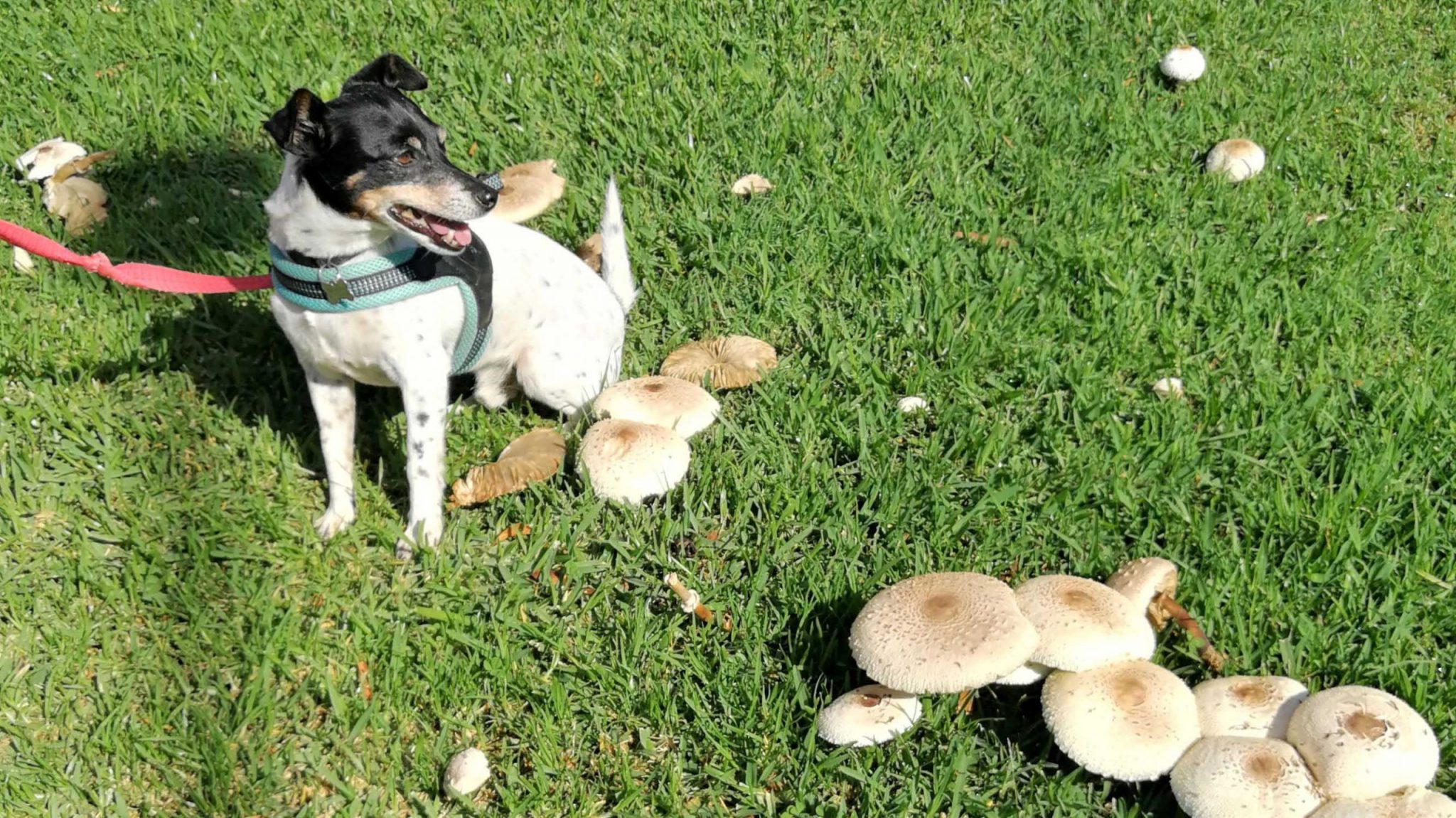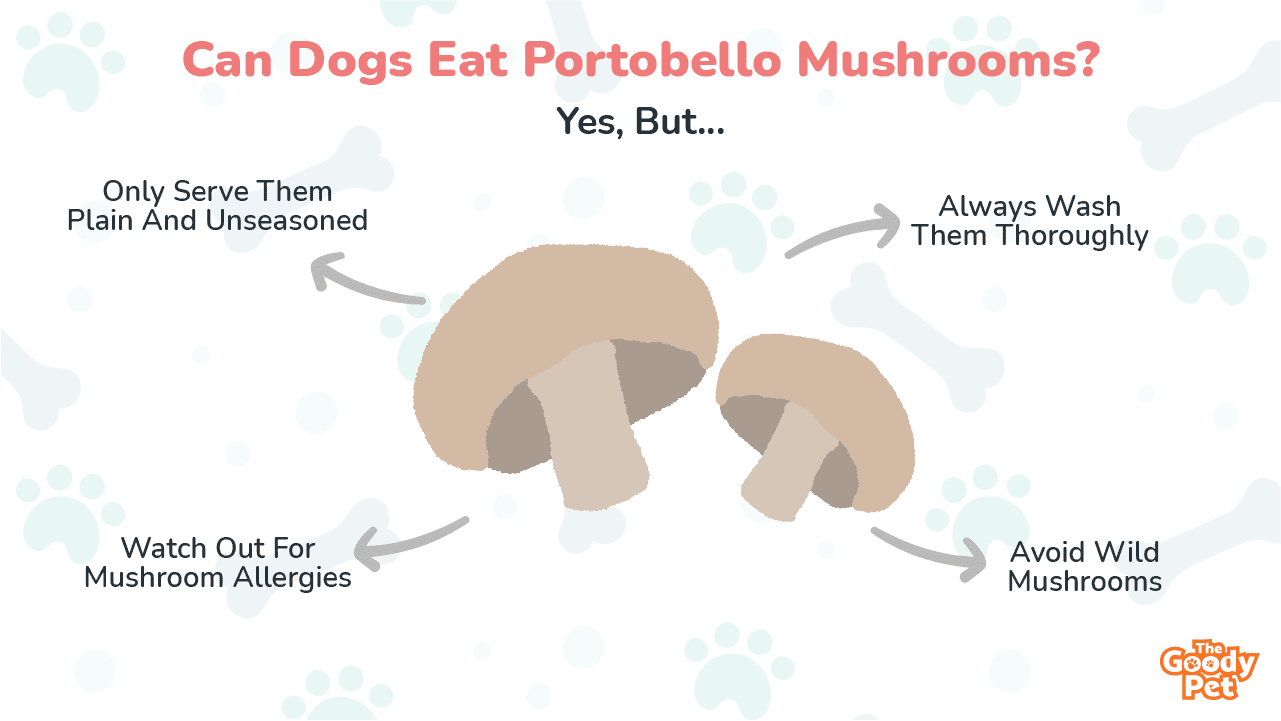What Happens If A Dog Eats Magic Mushrooms

Urgent warning: Dogs are increasingly ingesting toxic Psilocybe mushrooms, commonly known as magic mushrooms, leading to severe neurological symptoms. Immediate veterinary intervention is crucial if ingestion is suspected.
This article details the dangers of magic mushroom ingestion in dogs, outlining symptoms, treatment, and preventative measures to safeguard your pet.
The Immediate Threat
Dogs encountering magic mushrooms, particularly in woodland areas or during walks, are vulnerable to poisoning. The psilocybin and psilocin within these fungi induce rapid and potentially life-threatening effects.
The Pet Poison Helpline has reported a noticeable rise in calls related to mushroom ingestion, highlighting the urgency of public awareness.
Identifying the Culprit: Magic Mushrooms
Psilocybe mushrooms vary in appearance but typically feature a brownish cap and a bluish bruising reaction when damaged. They often grow in grassy areas, woods, and along trails.
Misidentification is common, so any mushroom ingestion should be treated as potentially toxic until proven otherwise.
Symptoms and Severity
Symptoms can manifest rapidly, usually within 30 minutes to 3 hours after ingestion. These include vomiting, diarrhea, incoordination (ataxia), tremors, seizures, and an elevated heart rate.
Neurological signs such as disorientation, hallucinations, and vocalization are also frequently observed. The severity depends on the amount ingested, the dog's size, and overall health.
In severe cases, coma and respiratory failure can occur, demanding immediate and aggressive treatment.
Emergency Response: What to Do
If you suspect your dog has ingested magic mushrooms, act immediately. Do not wait for symptoms to appear.
Contact your veterinarian or an emergency animal hospital right away. The ASPCA Animal Poison Control Center (888-426-4435) and the Pet Poison Helpline (855-764-7661) are also valuable resources, though consultation fees may apply.
Provide as much information as possible, including the suspected type and quantity of mushroom, the time of ingestion, and your dog's weight and breed.
Veterinary Treatment Protocols
Veterinary intervention typically involves inducing vomiting to remove any undigested mushrooms from the stomach. Activated charcoal may be administered to absorb toxins in the gastrointestinal tract.
Intravenous fluids are crucial for hydration and to support kidney function. Medications to control seizures, tremors, and other neurological symptoms may also be necessary.
Continuous monitoring of vital signs and supportive care are essential for a positive outcome. Hospitalization may be required for several days.
Prevention is Key
The best way to protect your dog is to prevent exposure to magic mushrooms in the first place. Keep your dog on a leash in areas where mushrooms are likely to grow.
Carefully inspect your yard and remove any mushrooms you find. Be vigilant during walks, especially in damp, wooded areas, and train your dog to avoid eating anything off the ground.
Consider enrolling your dog in a "leave it" training program to reinforce the command to ignore potentially dangerous items.
Ongoing Concerns and Research
Veterinarians are observing a concerning trend in mushroom poisoning cases. Increased rainfall and favorable growing conditions may contribute to a higher prevalence of toxic fungi.
Research continues to improve diagnostic and treatment protocols for mushroom toxicity in animals. Accurate identification of the ingested mushroom remains critical for effective management.
Public awareness campaigns are essential to educate pet owners about the risks of mushroom poisoning and promote preventative measures.
Resources
ASPCA Animal Poison Control Center: (888-426-4435)
Pet Poison Helpline: (855-764-7661)
Stay informed and vigilant to protect your beloved companion from the dangers of magic mushroom poisoning.
